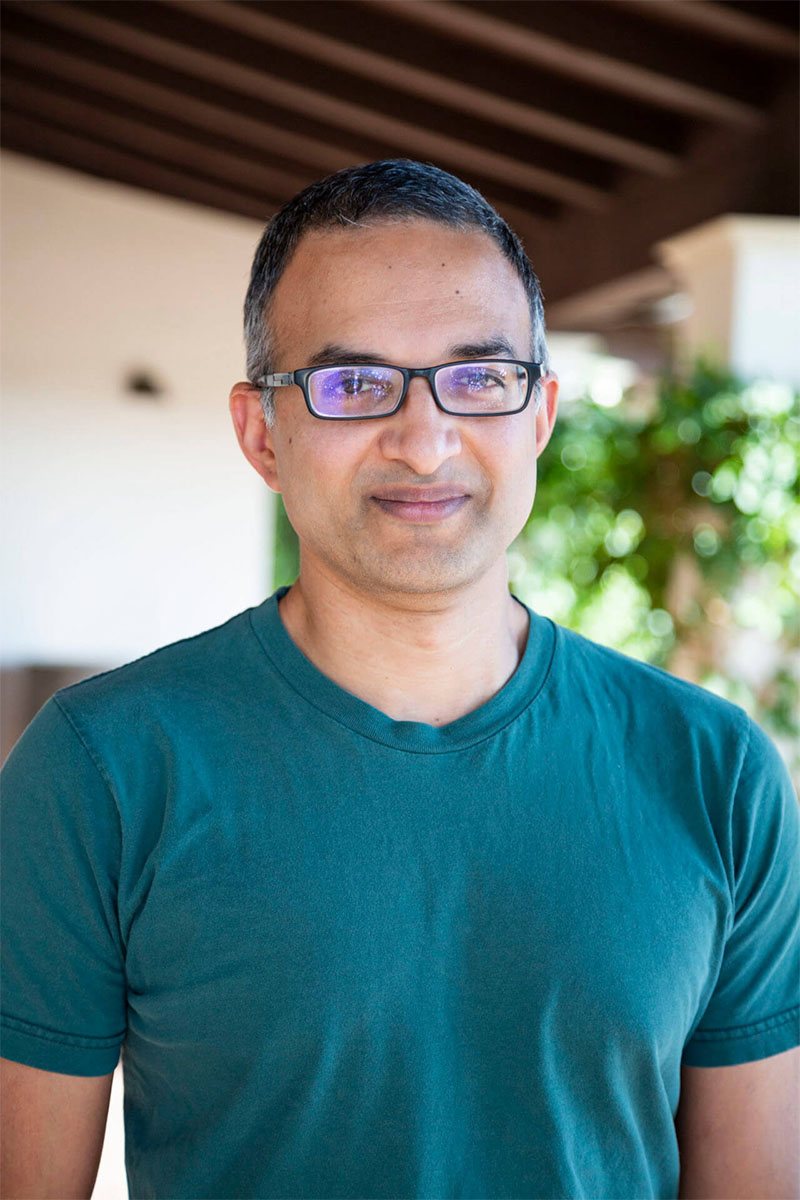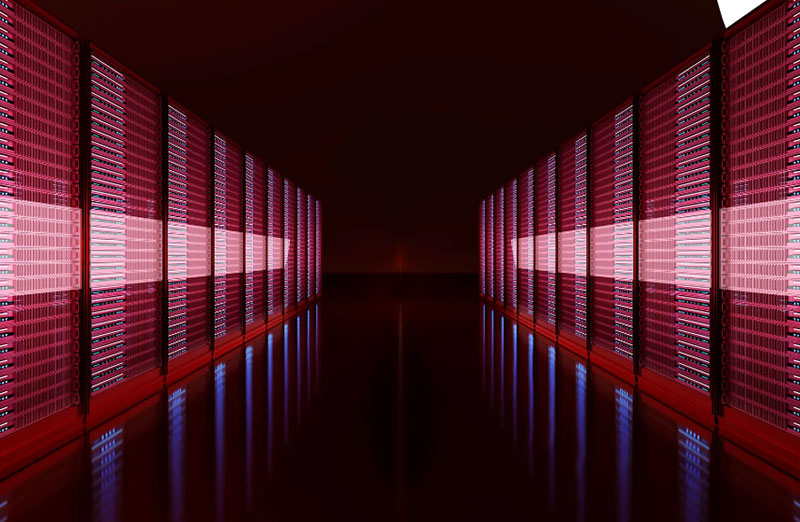What is ‘Information Battery’?
What is ‘Information Battery’?
Original Story From the Unviersity of Southern California

A future powered by sustainable energy sources could save the world from devastating climate change and reduce energy bills. But renewable energy has an intermittency problem — the sun provides no power at night, while winds can stop suddenly.
In addition, power grids must keep supply and demand in balance or risk surges and blackouts. As a result, renewable energy is dumped during times of excess production, while at other times, power plants burn fossil fuels to meet grid shortfalls.
“The way things are going, in five years, the amount of renewable power wasted in California each year will be equivalent to the amount of power L.A. uses each year,” said Barath Raghavan, an assistant professor in computer science at the USC Viterbi School of Engineering.

Barath Raghavan
Better battery storage — a holy grail for scientists worldwide — is considered key to solving the intermittency problem by storing energy when the wind and sun are strong. But current storage solutions, including lithium-ion batteries and pumped hydro, are expensive and challenging to scale.
What if surplus renewable energy could be stored as computation instead? That’s the thinking behind “information batteries,” a new system proposed by Raghavan and Jennifer Switzer, a Ph.D. student from UC San Diego, published recently in the ACM Energy Informatics Review.

Predicting possible computations
The basic idea for information batteries is simple: When renewable energy is available in excess, it is used to speculatively perform computations in large, energy-intensive data centers. These data centers—from Google and Facebook to Hollywood movie rendering—consume 10 to 50 times the energy of a typical commercial building, according to the Office of Energy Efficiency and Renewable Energy. The stored computed results can then be used later when green energy is less plentiful.
“We had the observation that if we can predict possible computations that might occur in the future, we can do those computations now, while there is energy available, and store the results, which now have embodied energy,” said Raghavan, whose research focuses on systems and sustainability.
“If we can predict possible computations that might occur in the future, we can do those computations now, while there is energy available, and store the results, which now have embodied energy.” Barath Raghavan.
For instance, every day, YouTube data centers transcode more than 700,000 hours of videos to different resolutions. Many of these computations are predictable and can be performed at a time when there is excess green energy. At this point, the data is stored on servers for later use, when there is less renewable energy available on the grid — essentially moving electricity consumption from one time period to another.
So, how does this work like a battery? In the scientific sense, said Raghavan, batteries are stores of potential energy to do useful work, electrical or otherwise. Most storage of energy into batteries converts one type of energy into another kind of potential energy, for instance, electrical into gravitational. In this case, information provides energy in the same way as a battery because electrical energy is turned into what might be called “informational potential energy.”

In addition to taking advantage of task predictability, the system is also flexible: the computations that are completed in advance do not need to match exactly with the computations completed at a later time.
“We support pre-computing many fragments of computation and then later can pick and choose small pieces of computation done before, like puzzle pieces, and assemble them together to quickly compute a totally new computational task,” said Raghavan.
For certain types of workloads, said Raghavan, the information battery system offers better efficiency than lithium-ion batteries. The specific efficiency depends on multiple factors, such as the types of computation conducted and the predictability of power. But unlike lithium-ion batteries, storing data is cost-effective in terms of both money and energy. This could help to reduce reliance on fossil fuels, which are responsible for three-quarters of global greenhouse gas emissions.
A promising future alternative
While the idea itself is relatively simple, the challenge, said the researchers, is determining what computation to perform, where and when, and how these computations should be done to efficiently retrieve the results later.
“With this system, companies would be using power that would have been dumped, and everybody else benefits because the grid operator doesn’t have to spin up natural gas power in the evening hours to compensate for demand.” Barath Raghavan.
In the paper, titled “Information Batteries: Storing Opportunity Power with Speculative Execution,” Raghavan and Switzer provide a design and proof of concept implementation of the zero-carbon system, which includes recurrent neural networks for predicting the future availability of renewable energy and upcoming tasks in data centers.

It also includes a cache where functions are stored and a modified compiler to automatically modify code to store and retrieve results. The infrastructure would be geographically distributed, comprising many small, distributed data centers, each located in a region of the country where wind or solar production is known to be high.
“With this system, companies would be using power that would have been dumped, and everybody else benefits because the grid operator doesn’t have to spin up natural gas power in the evening hours to compensate for demand,” said Raghavan.
There are certain limitations, which the researchers explore in the study: for instance, it is only possible in some workloads and in some contexts. But Raghavan believes with improved prediction and integration into large systems, the technology points towards a promising future alternative for storing green energy. “In the civilization-scale challenge of sustainability,” said Raghavan, “we need every tool we can get.”

















.png)